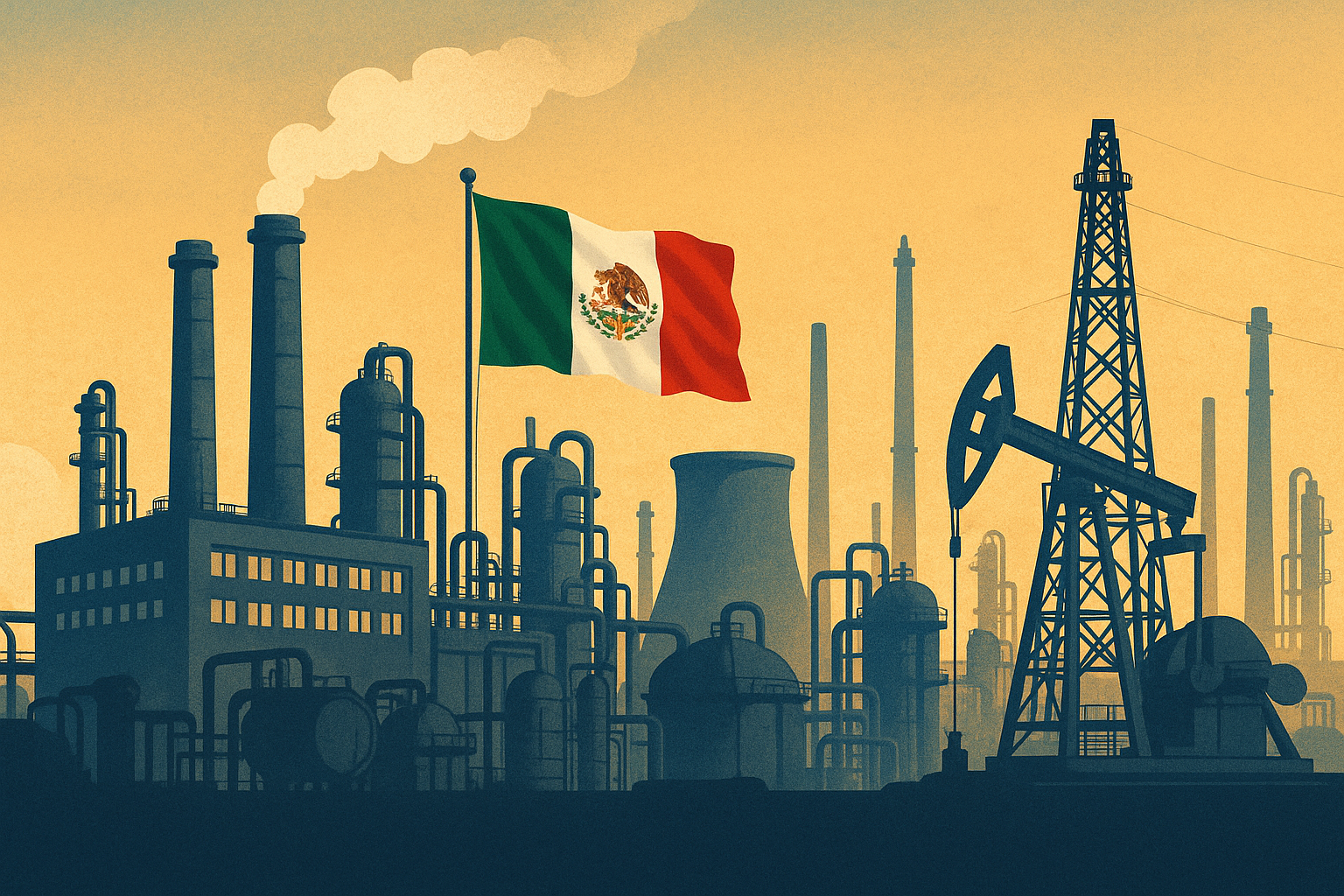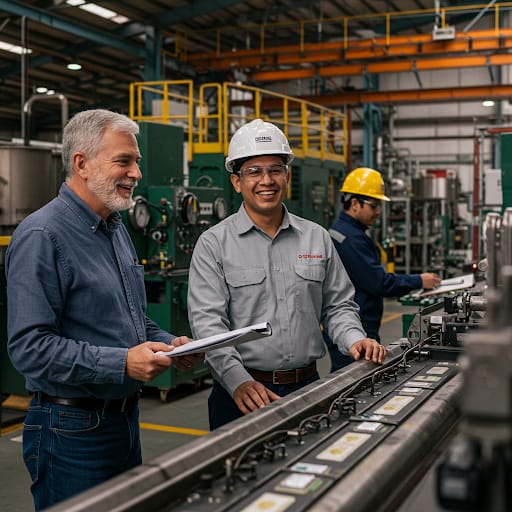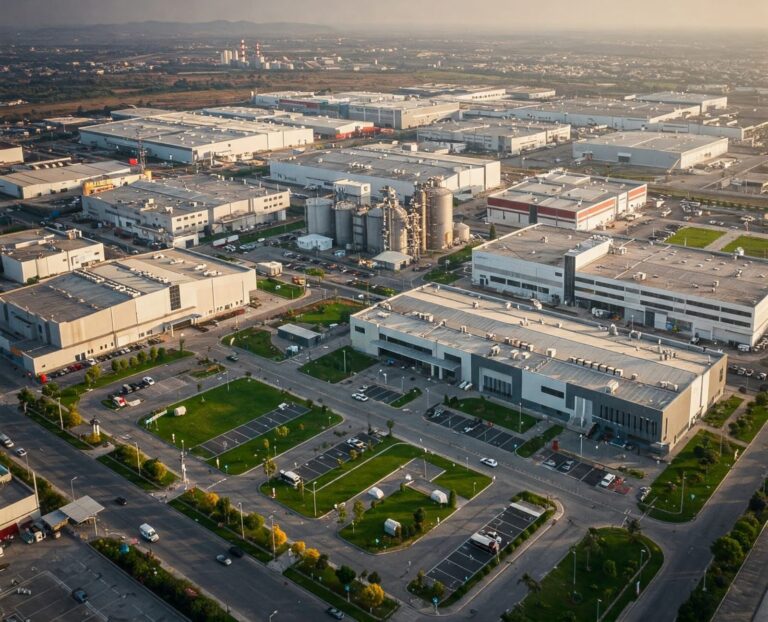Nearshoring in the Age of Tariffs: Why Mexico Remains a Strategic Investment Destination
As global supply chains continue to evolve and geopolitical tensions influence trade dynamics, recent tariff announcements from the United States with Donald Trump’s administration, have raised concerns among investors. However, for companies looking to optimize production, reduce costs, and secure market access, Mexico remains a strategic and resilient investment destination, especially in the heart of its industrial corridor: Querétaro and Guanajuato.
A Time of Shifting Trade Rules and Rising Opportunity
The imposition of tariffs from Trump administration may appear as a threat to business continuity, but for savvy investors, it signals a time to rethink sourcing strategies and regional positioning. Mexico, with its well-established trade agreements, including the USMCA, CPTPP, and agreements with the European Union, offers a strong foundation to diversify trade routes and minimize exposure to risk.
Mexico’s economic indicators further reinforce its attractiveness:
- Foreign Direct Investment (FDI): In 2024, Mexico attracted nearly US$37 billion in FDI, with a significant portion directed towards manufacturing and industrial sectors.
- Export Growth: Mexico’s exports to the U.S. reached a record US$475 billion in 2023, underscoring its pivotal role in North American trade.
- GDP Performance: Despite global challenges, Mexico’s GDP grew by 1.5% in 2024, reflecting economic resilience .
Querétaro and Guanajuato: The Industrial Core of Nearshoring
Located in Mexico’s Bajío region, Querétaro and Guanajuato have become pillars of industrial growth in recent years. These regions boast robust infrastructure, strategic location, world-class industrial parks, and a highly skilled workforce. They are home to a thriving automotive, aerospace, and manufacturing ecosystem, making them ideal for companies looking to establish or expand operations near North American markets.
Key highlights include:
- Industrial Real Estate Demand: In early 2024, Querétaro and Guanajuato accounted for 25% of national industrial real estate demand, with Querétaro leasing 77,000 m² and Guanajuato 50,000 m² .
- FDI Inflows: Querétaro reported over US$1.2 billion in FDI in 2023, primarily in the automotive and aerospace sectors, with expectations of continued growth driven by fiscal incentives and infrastructure projects .
- Labor Market Strength: Querétaro’s labor participation rate reached 60.4% in Q3 2024, with an unemployment rate of just 2.39%, indicating a robust and active workforce .
Beyond North America: Mexico’s Expanding Global Footprint
While U.S. tariffs are a valid concern, Mexico’s trade strategy has never been solely reliant on a single partner. The country continues to deepen its commercial ties with Europe and Asia, opening new export markets and reducing dependence on any one economy. This diversification enhances the attractiveness of Mexico as a nearshoring base, not just for North American access, but as a global logistics hub.
In this context, Querétaro and Guanajuato are positioning themselves not only as industrial hubs, but also as gateways to a more globally integrated supply chain.
Navigating Challenges with the Right Local Support
Investing in a new region always comes with challenges, tariffs, local laws, EHS regulation, and infrastructure planning are just a few examples. But these challenges can be successfully navigated with the right local expertise.
At CAPSIA, we specialize in helping international companies establish and grow their operations in central Mexico. From legal compliance and site selection to EHS consulting and operational support, we help our clients stay ahead of regulatory changes and maximize their competitive advantage.
Conclusion: A Resilient and Strategic Bet
Tariffs may be the headline, but the deeper story is one of adaptation and opportunity. Mexico, and particularly Querétaro and Guanajuato, offer the strategic location, workforce, and infrastructure that global companies need to thrive in today’s shifting trade landscape.
Rather than retreat, this is the moment to reposition. With thoughtful planning and experienced guidance, investors can turn today’s trade challenges into tomorrow’s growth stories, right at the heart of Mexico’s industrial engine.
References:
- Mexico News Daily. (2024, March 6). Mexico attracted nearly US $37B in foreign investment in 2023. Retrieved from https://mexiconewsdaily.com/news/fdi-mexico-2024/
- Boston Consulting Group. (2024, February). Shifting Dynamics of Nearshoring in Mexico. Retrieved from https://www.bcg.com/publications/2024/shifting-dynamics-of-nearshoring-in-mexico
- Mexico News Daily. (2024, January 30). Mexican economy contracted slightly in Q4, narrowly avoiding recession. Retrieved from https://mexiconewsdaily.com/news/mexican-economy-contracted-shrank-q4-2024-recession/
- ProMéxico Industry. (2024, April). Mexico’s Industrial Real Estate Market Flourishes in Early 2024. Retrieved from https://www.promexicoindustry.com/en/article/mexico-s-industrial-real-estate-market-flourishes-in-early-2024
- LATAM FDI. (2024). Industrial Parks in Querétaro: A Growing Opportunity. Retrieved from https://latamfdi.com/industrial-parks-in-queretaro/
- Secretaría de Economía / Data México. (2024). Querétaro: Economic Profile. Retrieved from https://www.economia.gob.mx/datamexico/en/profile/geo/queretaro-qt







